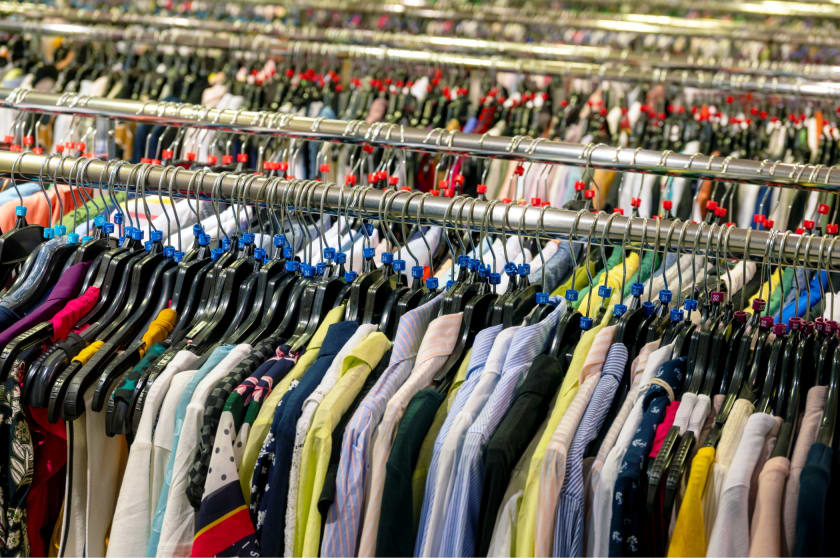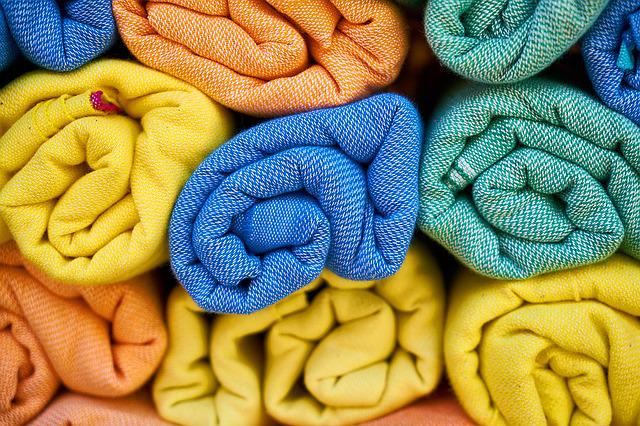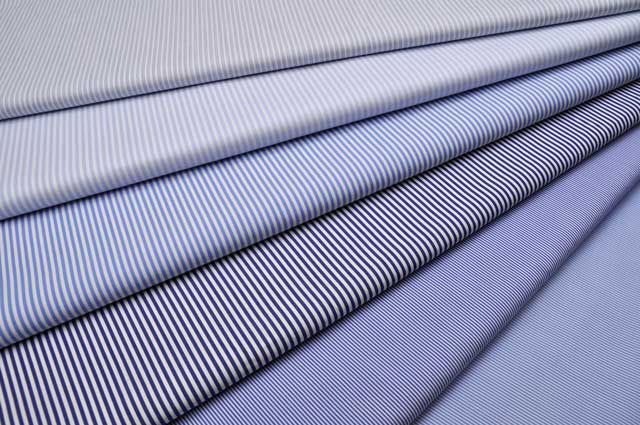Surplus Export Garments: How to Source Surplus from Local Manufacturers



In a garment manufacturing unit, every day, many garments fail to clear the quality checks and are deemed as surplus export garments. Sometimes extra production leads to surplus export garments, and sometimes when the client rejects the entire shipment, the lot gets added to the surplus. Most of the garment manufacturers hate this situation as they then have to sell the items in the open market for almost one-tenth the price.
Many businesses thrive on this. Mostly street fashion revolves around surplus export garments, and many local unknown brands take advantage of this situation. They manage to get expensive branded clothes cheaply, and most of the time, one cannot make out the defect in the garment.
To source surplus export garments from local manufacturers, one should keep the following things in mind:
1. Interact with the manufacturers directly:
Instead of going through a middleman, it is a good idea to contact the manufacturer directly. Since the manufacturers want to get rid of the surplus export garments fast, they will be more than happy to strike a deal with any local vendor or stockist who is interested in buying these garments.
2. Buying off the entire stock:
Most garment manufacturers prefer to sell the entire stock of surplus export garments to one vendor to avoid operations costs. The finance team of the garment factory need not create multiple invoices and follow up for payments from multiple vendors then. Their main work is to chase payments from their clients for their regular stocks, and they do not like to spend a lot of time on surplus export garments as they do not bring much profits. Often such garments have to be sold at a loss, and they do not even cover the cost of the material and labor.
Hence, it is a good idea to bargain well and give a lump sum quote for the entire stock. Most of the garment manufacturers agree to the low prices because they want to clear off their warehouses and make place for fresh export stocks.
3. Strong network:
Garment factories often have multiple units in a country. Quoting the best price for all the factories across India for the surplus export garments will help the buyer to get a better deal. Since the garment manufacturer will be getting rid of all the stocks from all of their warehouses located in different parts of the country, they often agree to the throwaway prices the stockist quotes.
4. Offering to pick up the consignment:
Garment manufacturers do not want to waste their time and energy in clearing off their stocks of surplus export garments. Since that is not a profit-making business line for them, they just want to clear off their stocks as soon as possible. Hence, if the buyer offers to pick up the lot from the warehouse, often they get further discounts. Hence, it is a profitable proposition for the buyer.
5. Keeping the transaction a secret:
Most garment manufacturers do not like to advertise their surplus export garments stocks because it is a mark of their failure. Hence, keep the entire process confidential. The buyers should never spread the word if they have got a good deal from a garment factory. That increases the discomfort levels of the factory owner, and they might look out for other buyers the next time.
6. Reducing competition:
Finding good apparel manufacturers who offer surplus export garments at good prices is not an easy task. Hence, when a buyer finds such a manufacturer, they should not spread the word and dig their own grave. If there are multiple takers for the same stock, the garment manufacturer gets an opportunity to negotiate with other buyers too. A smart buyer quickly makes the offer to the garments manufacturer, sends its pick-up truck, collects the lot from the warehouse, quickly makes the payment, and moves on.
7. Checking trading portals:
Surplus export garments are often advertised on trade portals like Indiamart. Smart buyers often subscribe to notifications to ensure that they do not miss out on any good deals and act quickly. These stocks do not last for a long time as there are multiple buyers to pick up the branded items at throwaway prices.
8. Buying a mix of items:
The buyers should do a dipstick check for the products they are buying. Since surplus export garments are often just rejected pieces, each product might not be available in all the sizes the end-customer will be looking for. When the buyer showcases the products in their retail store, the customers will often ask for the same product in a different size.
Hence, it is a good idea to buy the same or similar-looking products instead of having a huge variety. For example, if the lot contains denim pants of design pattern A, it is better to look for the same/similar products in the same lot in sizes 32 to 44 to cover all the size requirements.
9. Doing a colorfast test:
Normally, the quality of fabrics used for export garments is good as the ultimate motive for those garments was to be made into export quality garments. However, if the buyer is doing business with a clothes manufacturer for the first time, it is better to do a dipstick quality check of the colorfastness of the items before buying them. It is a good idea to pick up a few samples and wash them thoroughly to check if the colors bleed. This will help the buyer avoid any disappointments later.
Since there is no return policy for surplus export garments, if the lot turns out to be of inferior quality, the buyer will not have any other option but to donate the items. Since the buyer often has a fixed customer base, they will not take the risk of losing them by selling clothes that bleed color.
10. Understanding the legal formalities:
It is illegal to sell surplus export garments without notifying the buyer for whom it was originally manufactured. Since most of these garments have the logo of reputed brands like Puma, Nike, etc., they surely will take the buyer to the court of law if they get to know about the products being sold in the open markets.
The factory must obtain legal permission from the brand to sell these surplus garments in the regular market. If they have not acquired the same, and the buyer has ended up buying that lot, then they should remove the brand logo and labels from that garment. Under no circumstances items rejected in the quality check should be sold with the logo of a reputed brand.
Conclusion
If you are a brand that came into existence a few years back and now wants to diversify by adding surplus export garments to your stock, this is the right time. Due to global lockdowns, many garments are stocked up in the warehouses, and the owners want to sell them off as soon as they can. Fashinza will be your reliable partner if you are planning to launch your own clothing line using your designs. We can also help you connect with the manufacturer of your choice. Fashinza will be your trusted partner in striking a profitable deal.


6 Tips To Optimize And Improve Your Manufacturing Process In the US
5 min read
3.1k views

How to buy the best Poplin clothes online?
5 min read
3.1k views

How To Source High-Quality Clothing For Your Clothing Line: A Blog Towards Helping People Get The Best Possible Clothes For Your Business
5 min read
3.6k views















